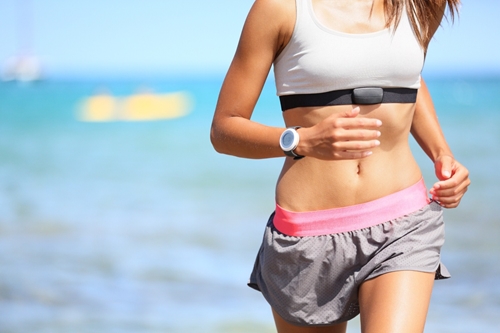
How Important Is It To Stay Hydrated For Exercise?
With the start of any New Year comes toasting, good times and those inevitable New Year’s resolutions. The sun comes up with a chorus of “New Year, new me!” and we’re suddenly rearing to get our inner fitness freak on, manytimes without considering how to stay hydrated.
While a ‘can do’ attitude is an amazing start to your exercise initiative, without proper hydration your future beach body is going to run out of steam fast. So before you head out the door, grab your stainless steel drink bottle and take a look at why you need to stay hydrated during your workout.
Dehydration and performance
Proper hydration is key not only for replacing lost fluids, but for moderating body temperature and performance. Research by the School of Sport and Exercise Sciences at Loughborough University shows when exercising in temperatures upwards of 30 degrees, as little as 2 per cent body mass dehydration can significantly affect performance and recovery. It also means a higher chance of heat related injury.
In a study of American football players shared with WebMD, dehydration was shown to impact athletes’ performance by up to a staggering 25 per cent, according to trainer Amanda Carlson-Phillips. So not keeping on top of your water intake especially in summer can make your exercise a lot harder than it needs to be.
When you drink
Don’t wait until you’re thirsty to fish out your drink bottle. Rather than downing your water in one go, the Australian Institute of Sport suggests you space out your sips over the duration of your workout, or plan when you have your drink breaks. Recommended intake is around 230mls every fifteen minutes of your workout. If you’re going for an hour this tallies up to just under a litre, so this means about a third of your Onya bottle every quarter hour.
Replacing lost fluids
The AIS lists that many factors including body mass, general fitness, the sporting environment and even things we can’t manage like our DNA can affect the amount of water we lose through sweat. Fluid loss also depends on intensity, so whether you’re doing laps or taking a nice stroll in the park is a dehydration factor. Replacing the fluid we lose during a workout is integral to your recovery, whether you’re out under the scorching Australian sun or swimming indoors.
Fear not, for the AIS also provides a handy way to manage your hydration: to be safe, replace each kilo lost while exercising with about a litre of water.
But what about getting a stitch?
One of the reasons we’re often tentative to drink during exercise is fear of the dreaded stitch. Drinking smaller amounts of fluid regularly can be a good way to avoid it and also ditch super concentrated drinks like juice, cordial and soft drinks before you workout. These can take longer to pass through your stomach, leaving you with a nasty bloated feeling.
Even though there is no single cause for the niggling pain in your side, another good way to lessen the chances of stitch is to give yourself 2-4 hours break between eating a substantial meal and exercising. Following his study of Australian runners, Dr Jim Brown suggests sticking to easily digested, non-fatty food before exercise and as always, keeping yourself hydrated by drinking small amounts every 10-15 minutes.
What’s in your bottle
Hopefully not an iced coffee. As caffeine is a diuretic, it promotes fluid loss during a workout, so rather skip that pre-gym Frappuccino to stay hydrated. Water is always a good solution, but for more intense 60 minute or longer 90 minute workouts, you can always consider a sports drink. Many contain sodium and low-level carbs designed to encourage refuelling and fluid intake while exercising, according to the sports gurus at AIS.
So now you’ve got the low down on how to stay hydrated, grab your reusable drink bottle and get out there while the sun is shining!


